Kitchen waste is one of those issues in each household that is immensely troubling in several ways as it is unavoidable. The packaging on groceries and various kitchen products, food scraps, leftovers, items in the fridge that had gone bad, expired goods, freezer-burned foods, and tons more go to waste each day without notice.
Not just this, the efforts one had to put into finding ways to dispose of the items and the overall cost of all that waste increases are enough to push one into finding mindful alternatives. Many people try to recycle, reuse, and reduce the amounts through little effort here and there. Still, more often than not, we also tend to overlook the waste produced in an attempt to find a more effortless and convenient option.
What’s more, one does not necessarily have to start the journey at ‘zero waste,’ which often is an intimidating and off-putting goal to aim at the very beginning. Instead, focusing and taking one step at a time with a continuous change in habits can prove more beneficial in the long run without driving you off the track.
Below are seven such subtle changes and tips one can quickly introduce in the kitchen routine to help reduce and manage the waste better.
Contents
Buy In Bulk

Stocking up on things, especially essential items like cooking oil, spices, herbs, cereal, etc., is a great way to avoid going to the supermarket. This will save you fuel and energy while being equally suitable for the waste you are trying to reduce and the environment.
One could always get a container or a jar to store everyday foods and fill them up once a year by buying a large bag instead of buying many smaller ones multiple times, which, apart from creating an excess waste of packaging, also tends to cost more.
What’s more, they also leave you pre-prepared for emergencies and unexpected guests at home, without you having to rush down to the supermarket.
Label All Your Leftovers
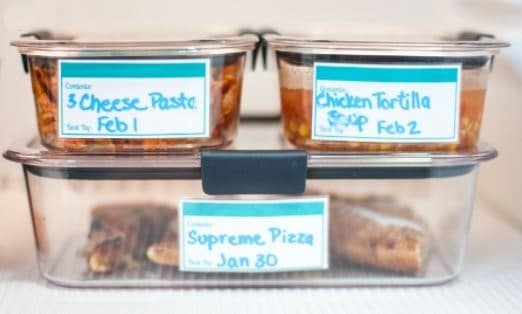
One of the trickiest things to maintain in the kitchen is the leftovers. It is hard to remember if something is edible any longer. And though it might not be much trouble if you live alone or have an adult household, it is indeed a serious issue with a large family, that too with kids on watch, picking up anything they might find in the fridge to eat without checking twice.
One of the easiest ways is to label the leftovers with the date and the number of days they will remain edible. It will not only save you an upset stomach but also notify you to utilize a particular item and save the waste you had to dispose of otherwise.
Make A Smoothie
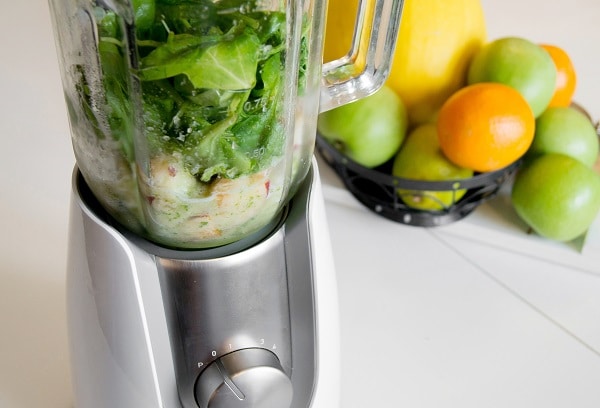
It’s certainly quite hard to keep track of all the fruit and veggie you have in stock, even more so utilizing them before they go bad. We are all guilty of forgetting items in the crisper drawer only to bring them out when they are no longer edible, adding another item on the to-throw-out list.
One way to avoid this waste is to take frequent glances at the drawer and bring out fruits and veggies that might go bad in a day or two, and toss them all in a blender for a quick run. While it certainly saves you a headache, it also makes for a good smoothie bowl or fresh juice with leafy veggies blended seamlessly into it to prevent reluctant faces.
There are multiple ways to make the smoothie interesting for kids with different flavors or turn them into popsicles, frozen treats, etc., with the only limit being creativity.
Cloth Over Paper Is The Way To Go

Using a cloth towel instead of a paper towel to clean tabletops, spills, kitchen counters, drying items like veggies, etc., is a great way to switch to an environmentally friendly and low wastage item. It will also help reduce the waste produced in the kitchen as paper happens to be one of the prime waste materials in most kitchens and households.
A single piece of cloth can be washed and used for multiple purposes over an extended period with more efficient results than a paper towel, becoming a cost-effective alternative.
However, it is imperative to notice where to use a cloth and where a paper towel. For, e.g., drying off the raw meat using a fabric is only going to result in a mess, while a paper towel in its place saves you trouble and mess alike.
Do Not Throw Out Your Veggie Trimmings
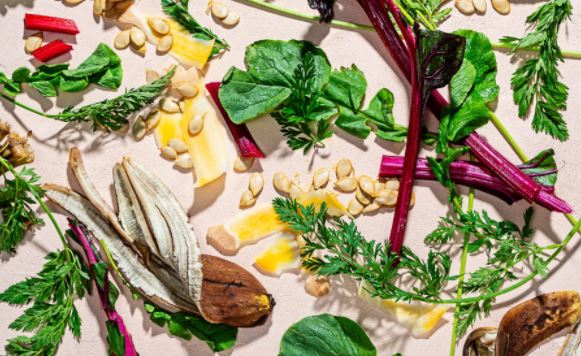
What do you do with your leftover vegetable and fruit bits after you finish meal planning? Though most people might answer, toss them into a bin, have you ever considered stocking them in the freezer for future use, like making vegetable stock or use them as fertilizers for your indoor plants?
The bits may include the vegetable stem, ends, tails, peels, etc., which can be easily added with some other vegetables in a stockpot for a delicious meal with zero waste. And, as far as plants are concerned, if you are unsure whether the bits are edible, dig a little in your plant pot and put them right in. Vegetable leftovers make for a great source of nutrients for plants, enriching the soil quality and more.
Not just this, one can use multiple other items like eggshells, tea waste, coffee grinds, etc., as fuel for the plants as well. However, make sure you research quite well on which item might suit a particular plant as not everything is healthy or digestible for plants.
Reusable Bags Instead Of Plastic Bags
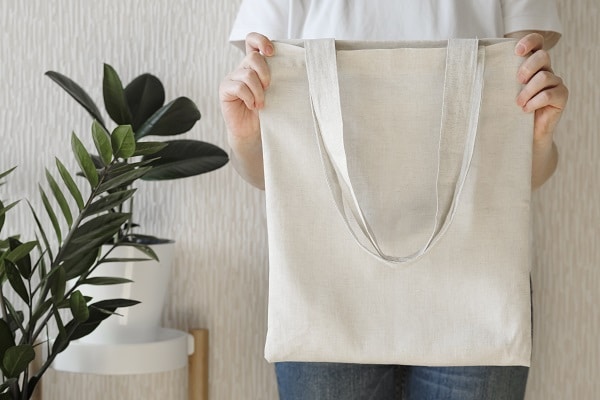
What’s a better way to go eco-friendly than to ditch plastic, especially plastic bags you get whenever buying produce or grocery items from regular shops? Though it is impossible to avoid plastic wraps on things you buy, the least one could do is not to put it in yet another plastic bag to carry back home.
Reusable bags or produce bags are the perfect alternatives to polluting plastic bags, with multiple benefits like cost-effectiveness, durability, avoidance of health hazards due to plastic use, and reduced everyday waste.
Avoid Single Serve-waste
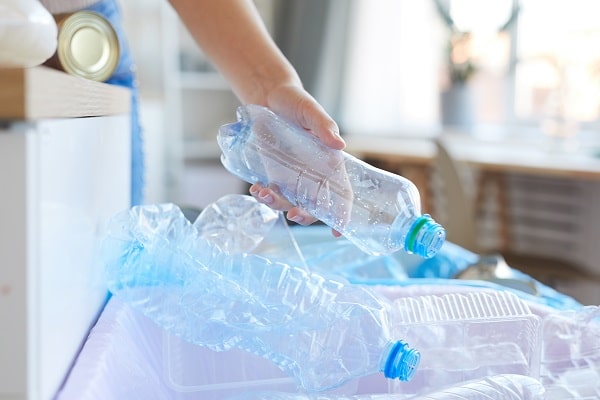
Plastic bottles, straws, single-use utensils, disposable lunch packaging, etc., make for a significant amount of waste that every household puts out each year without being wary of its harm to the environment or the loads of junk it creates.
There are reusable, eco-friendly, healthy, and cost-effective alternatives for all of the items mentioned above and more, which are also easier to manage and use, such as metal straws and containers, reusable water bottles, cloth lunch boxes, etc.
Even the containers that come in with the takeouts you order are perfect for keeping items in the kitchen or planting a new sapling or two, reducing their impact.
Conclusion
Waste produced in a single household might not seem like much, but the significant amount it becomes when added up is not something that no one should overlook. Unlike other home areas, the kitchen is frequented quite often and remains flooded with store-bought goods, not to mention the packaging that comes along.
While it may be impossible for one to go wholly eco-friendly or eliminate waste to absolute zero, some areas can help reduce the amount of waste to a bare minimum.



